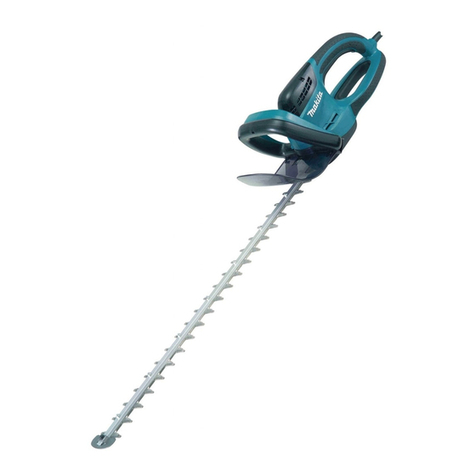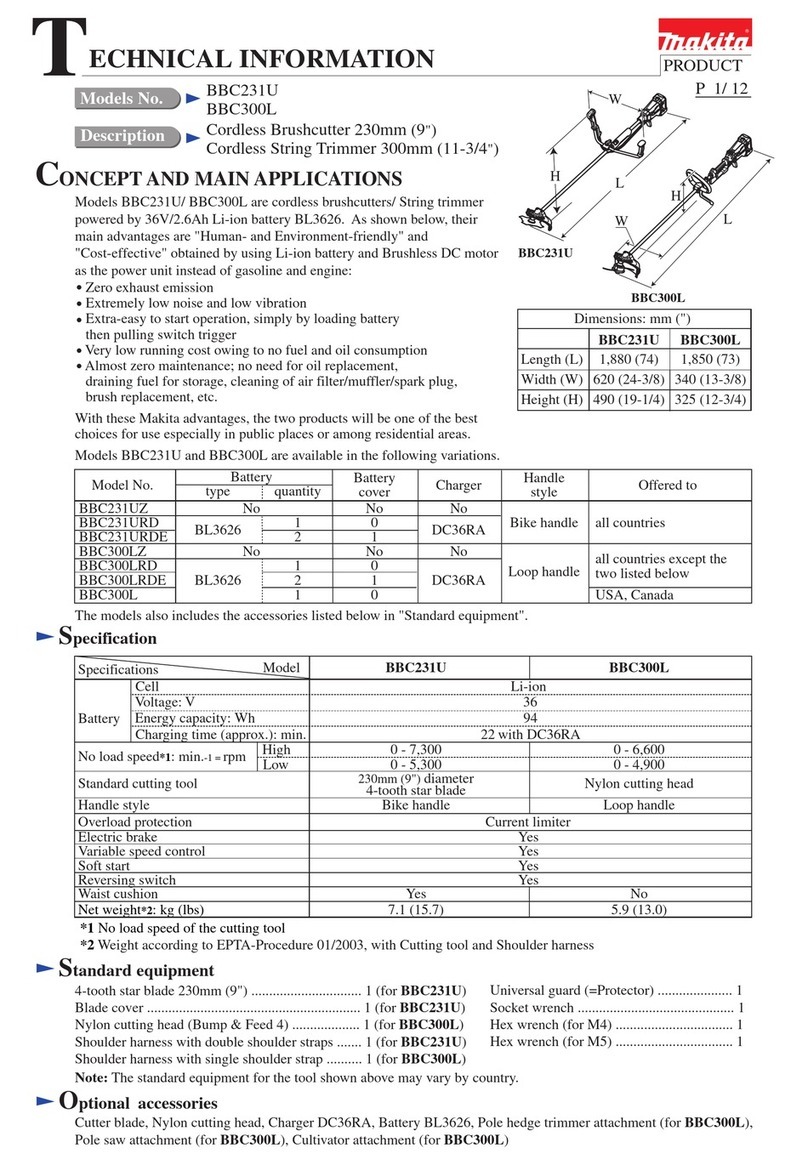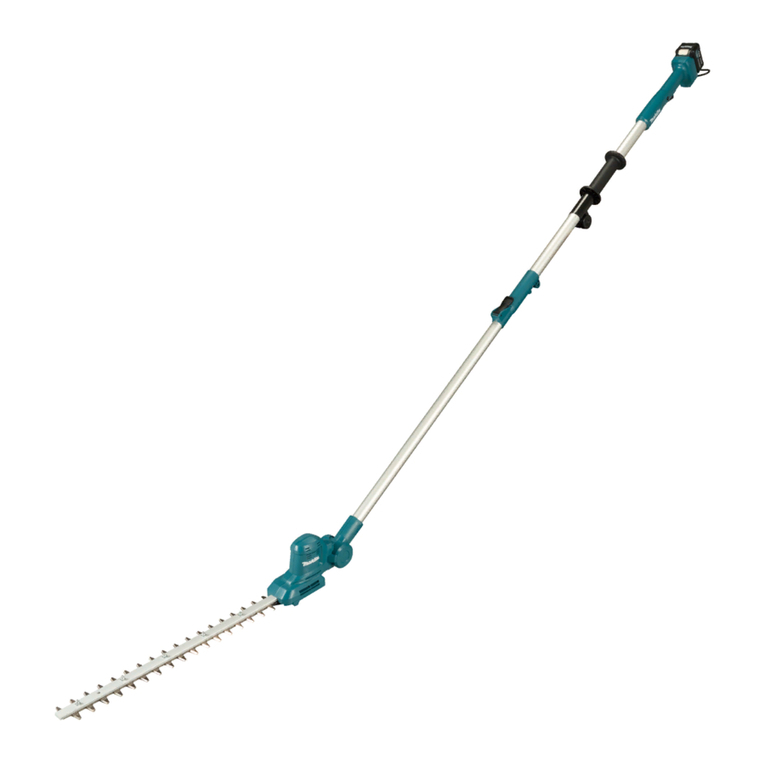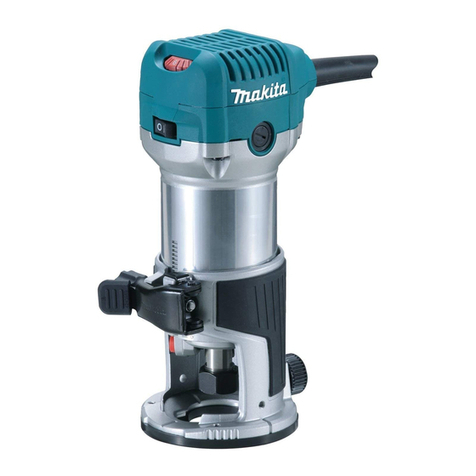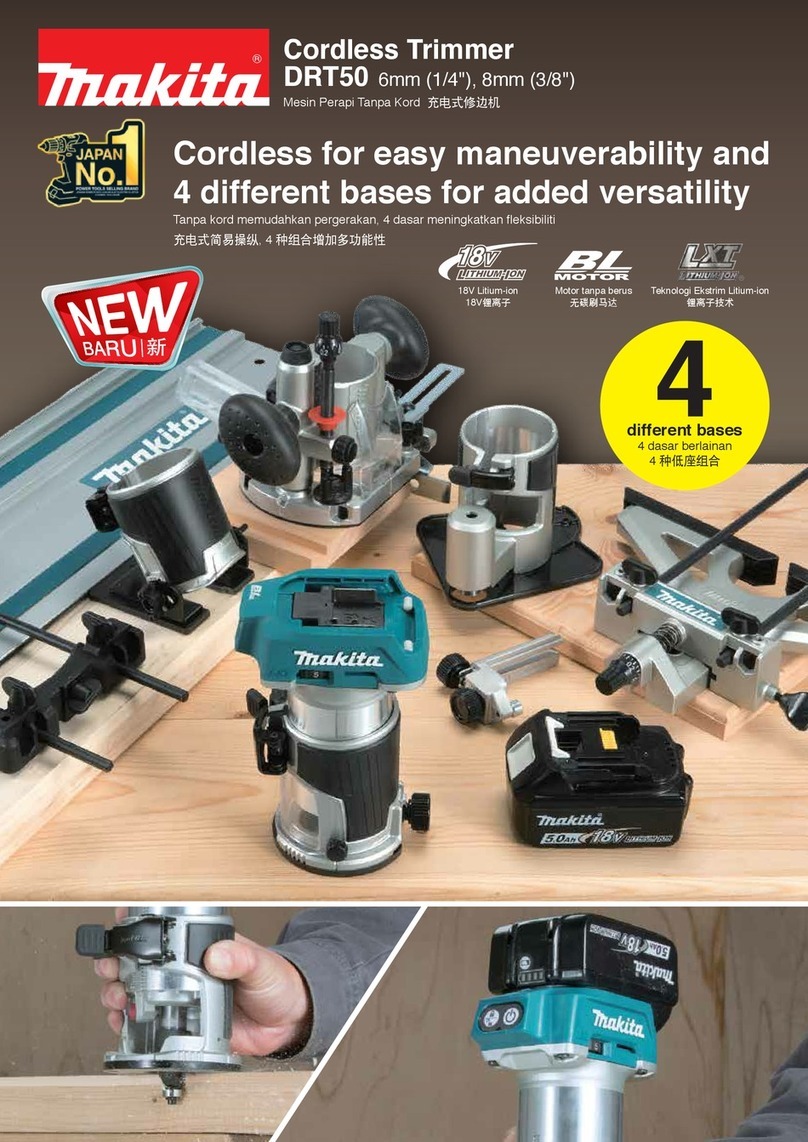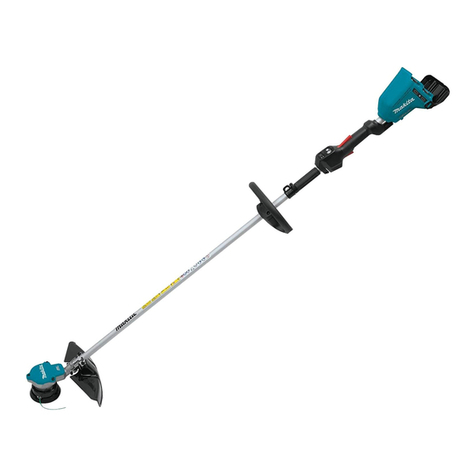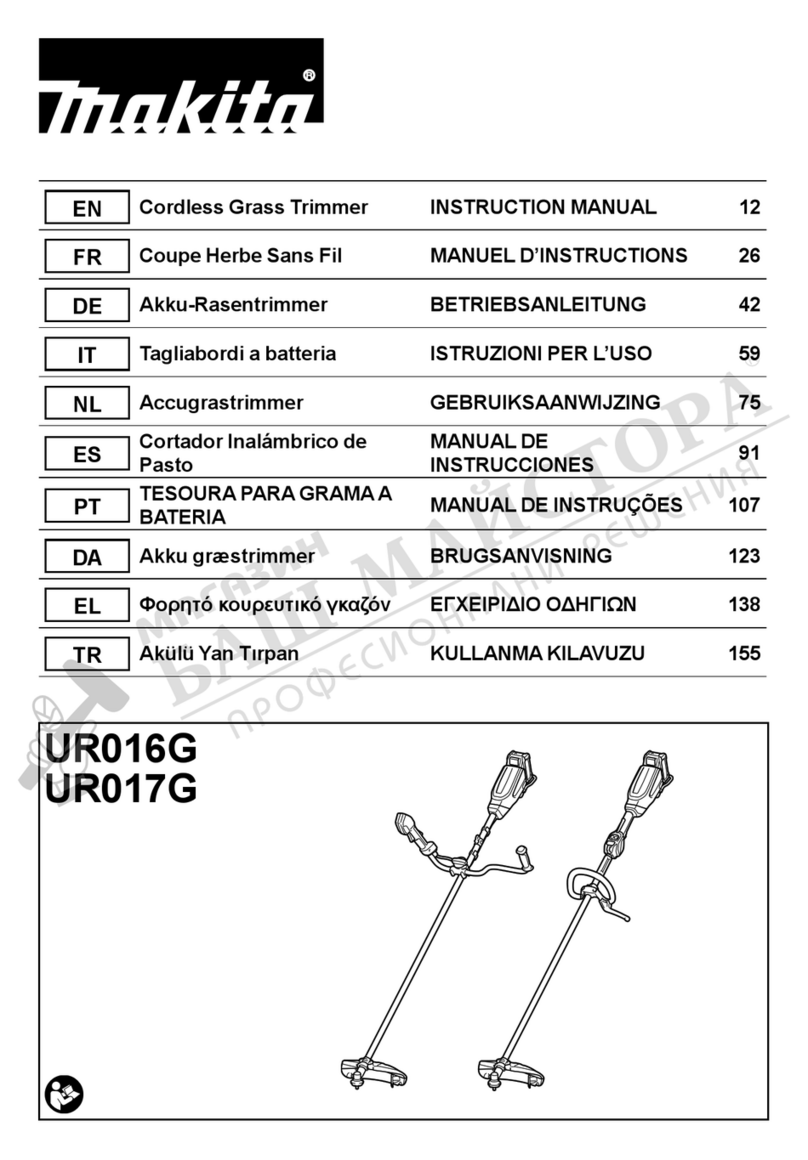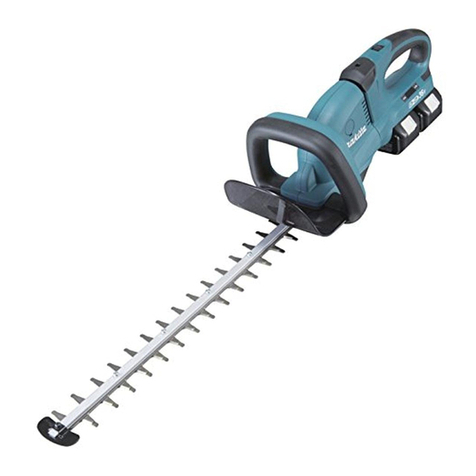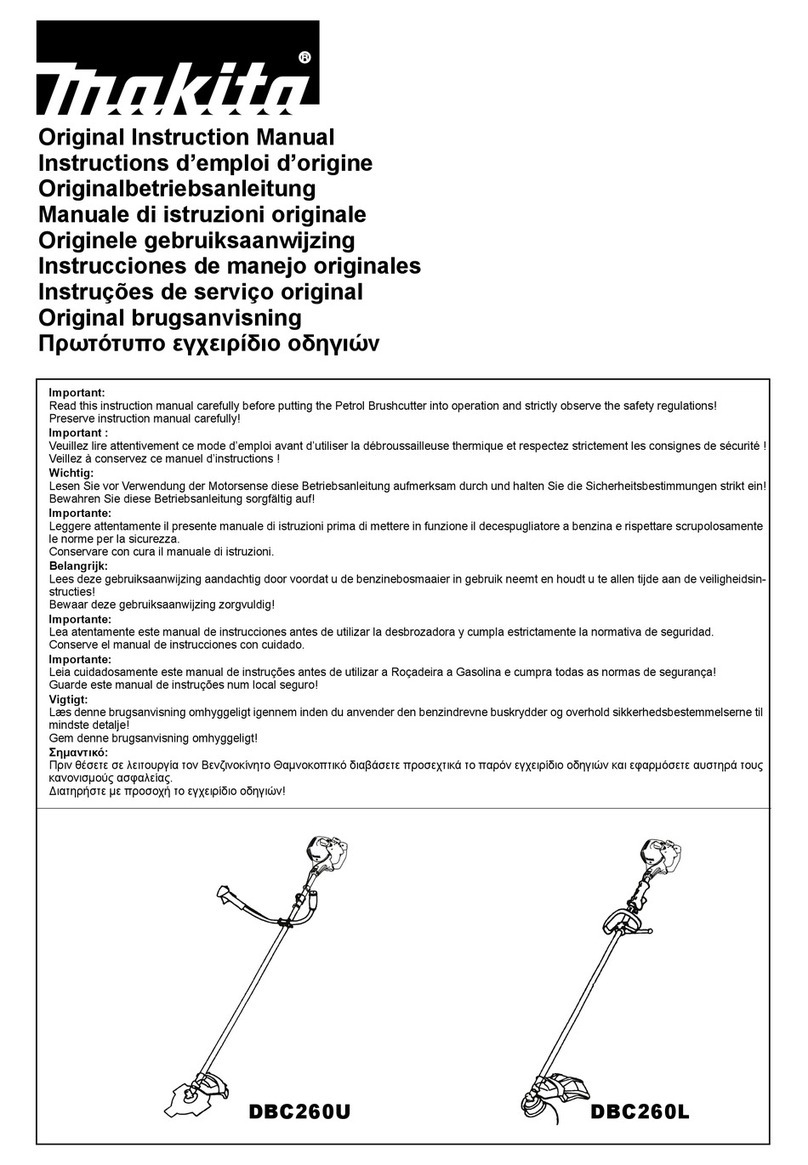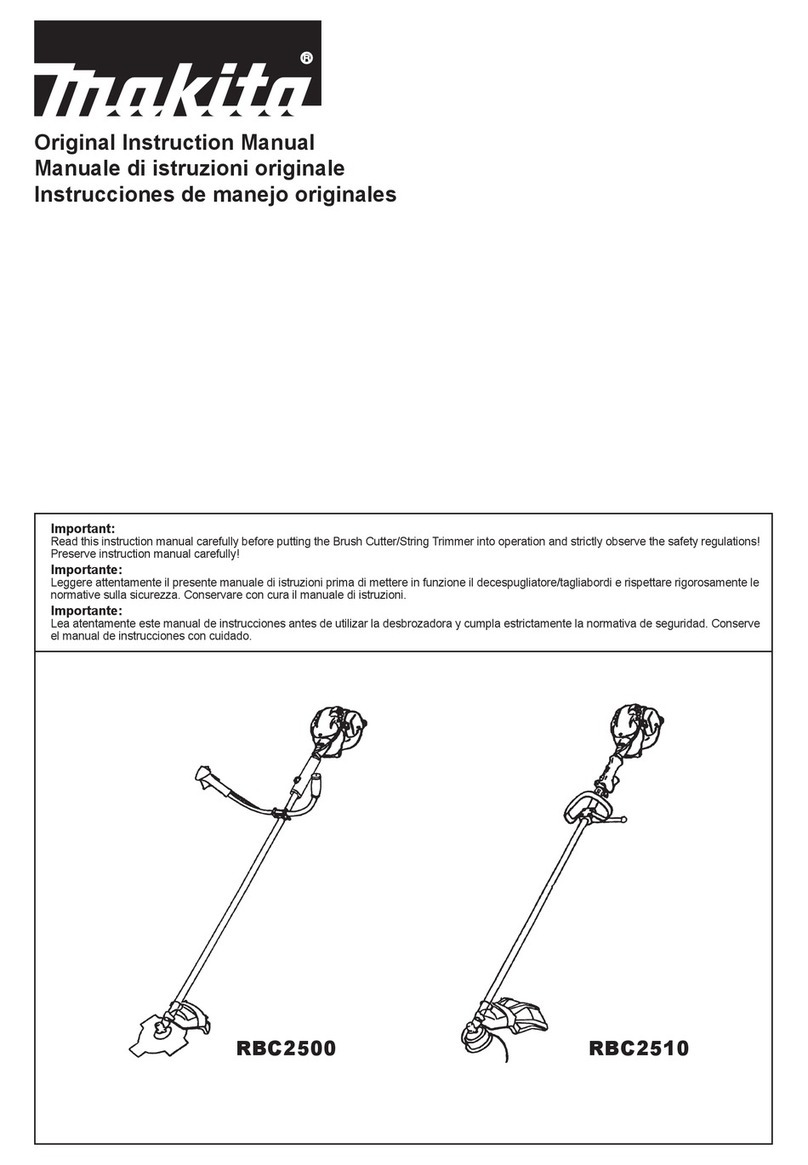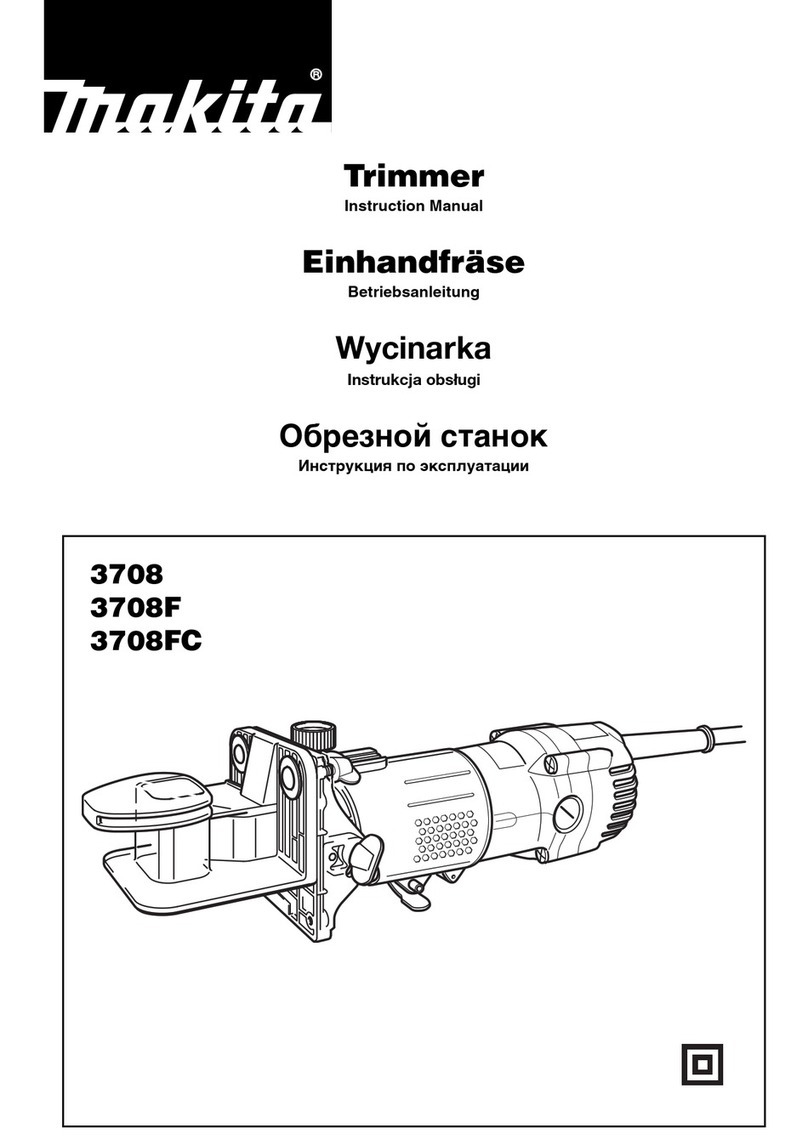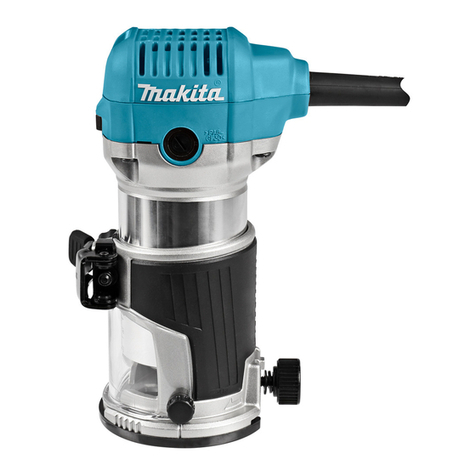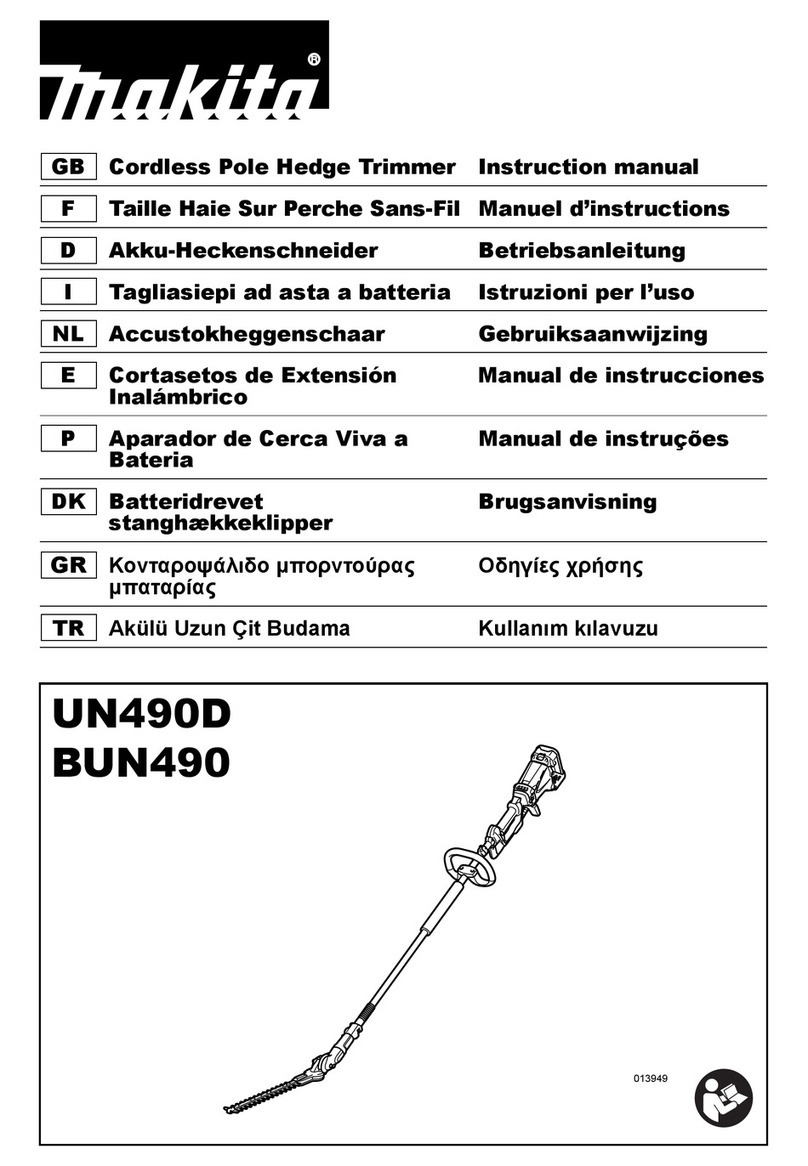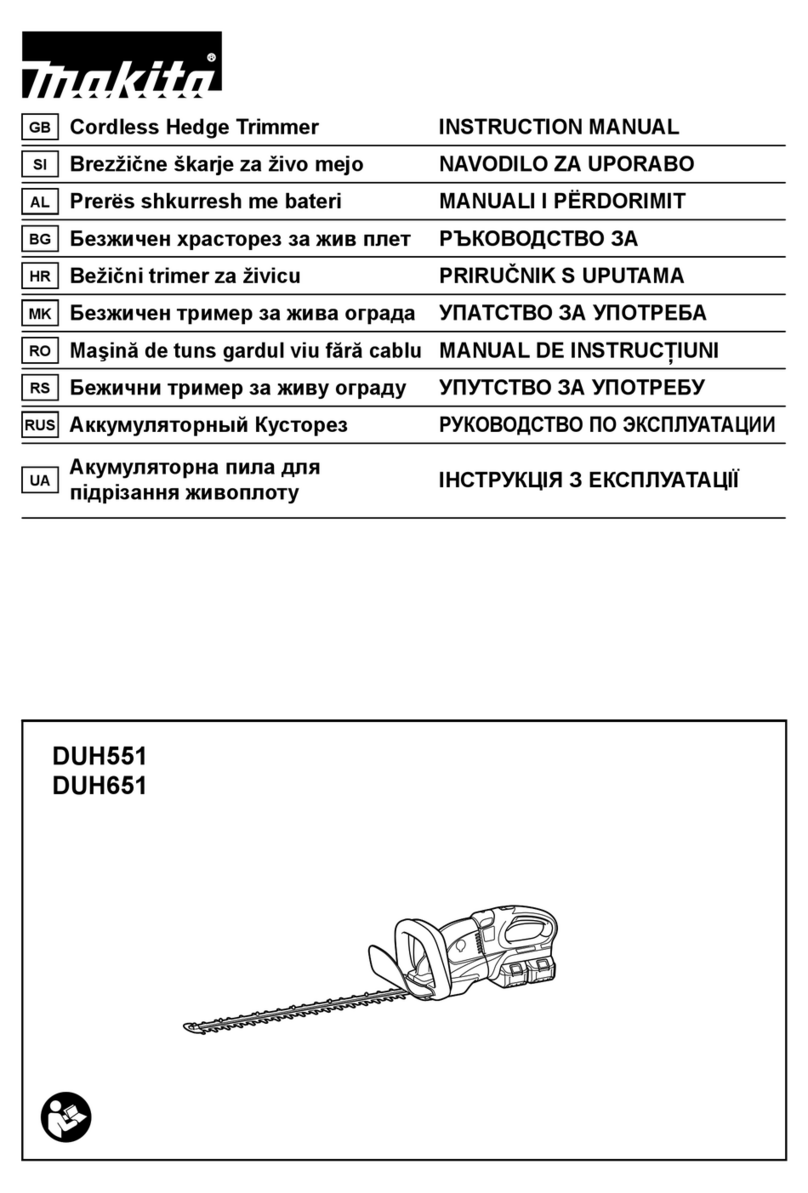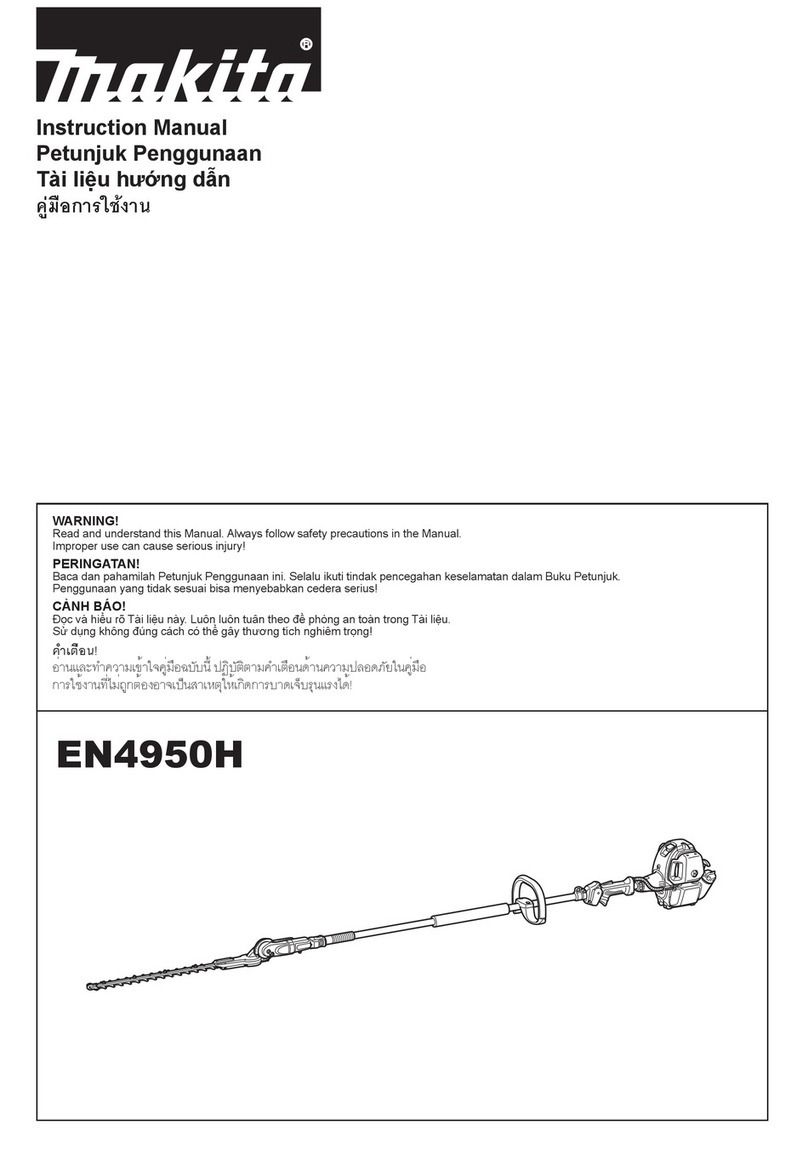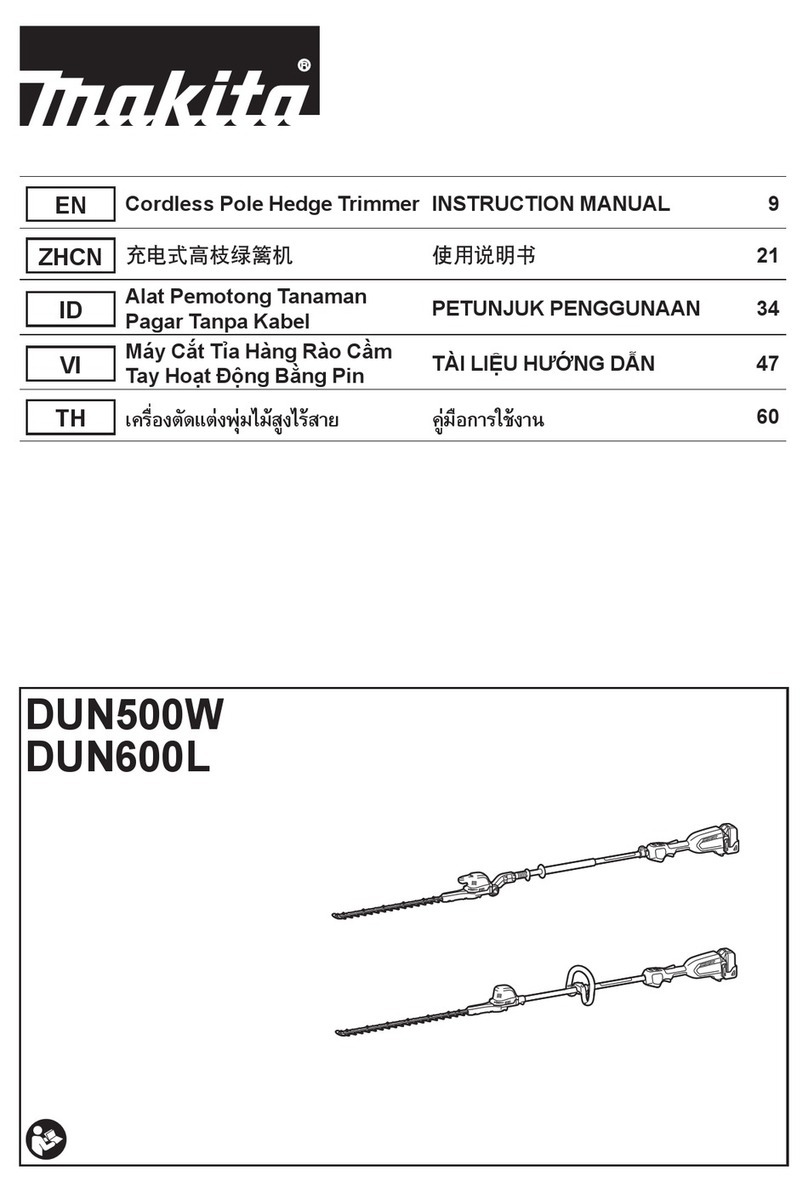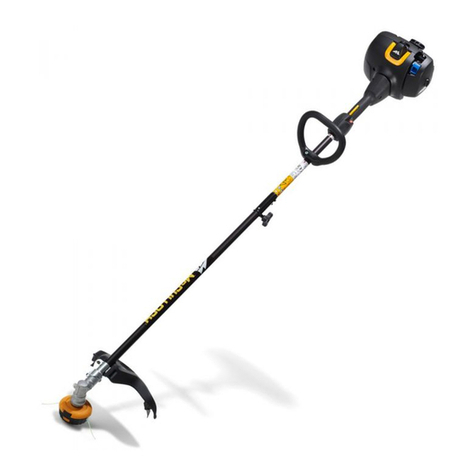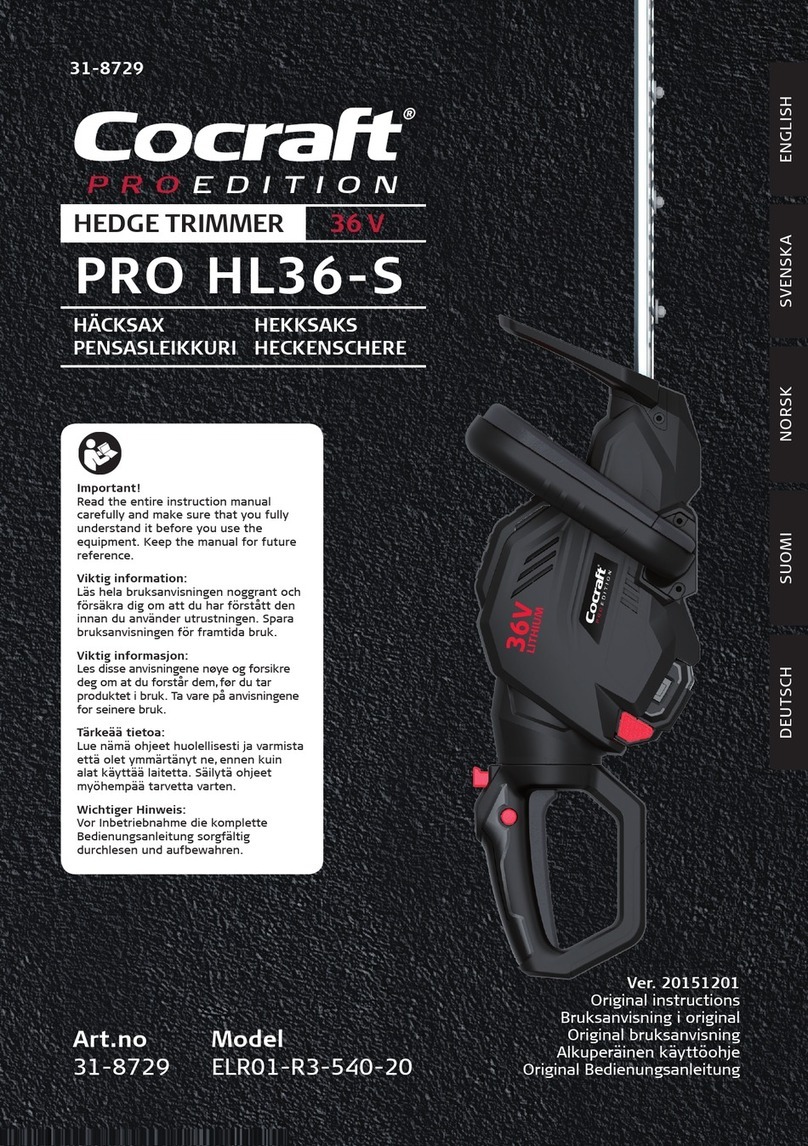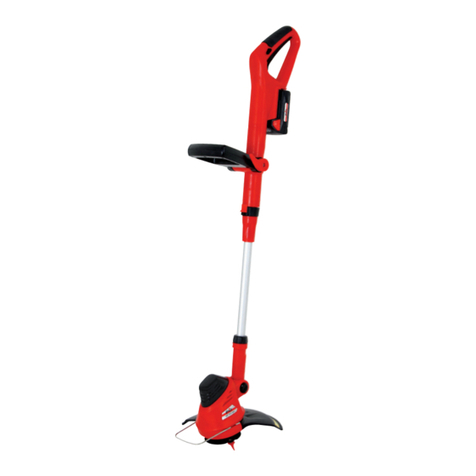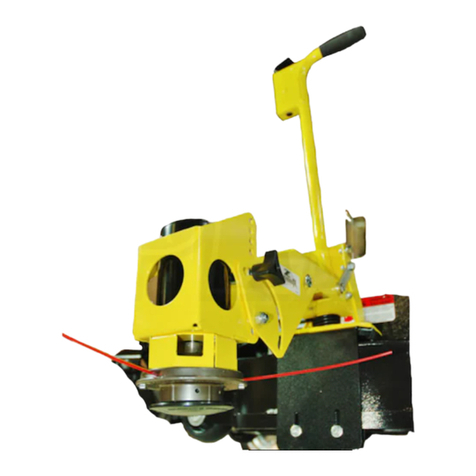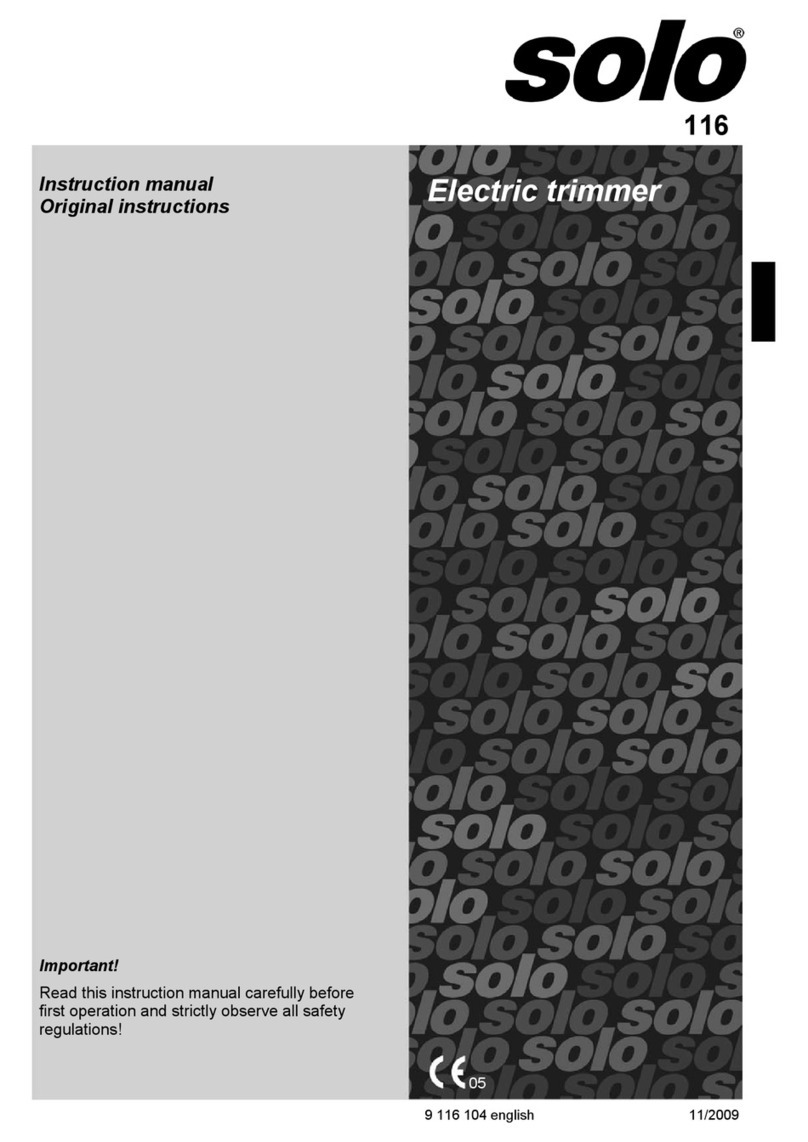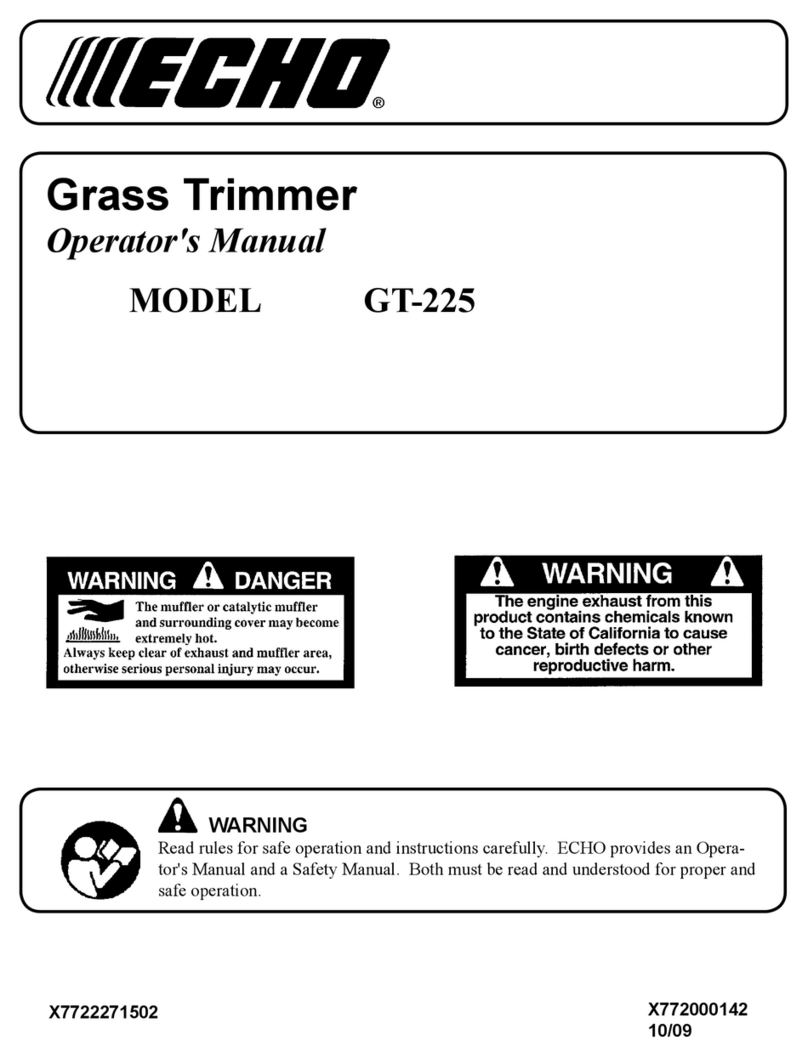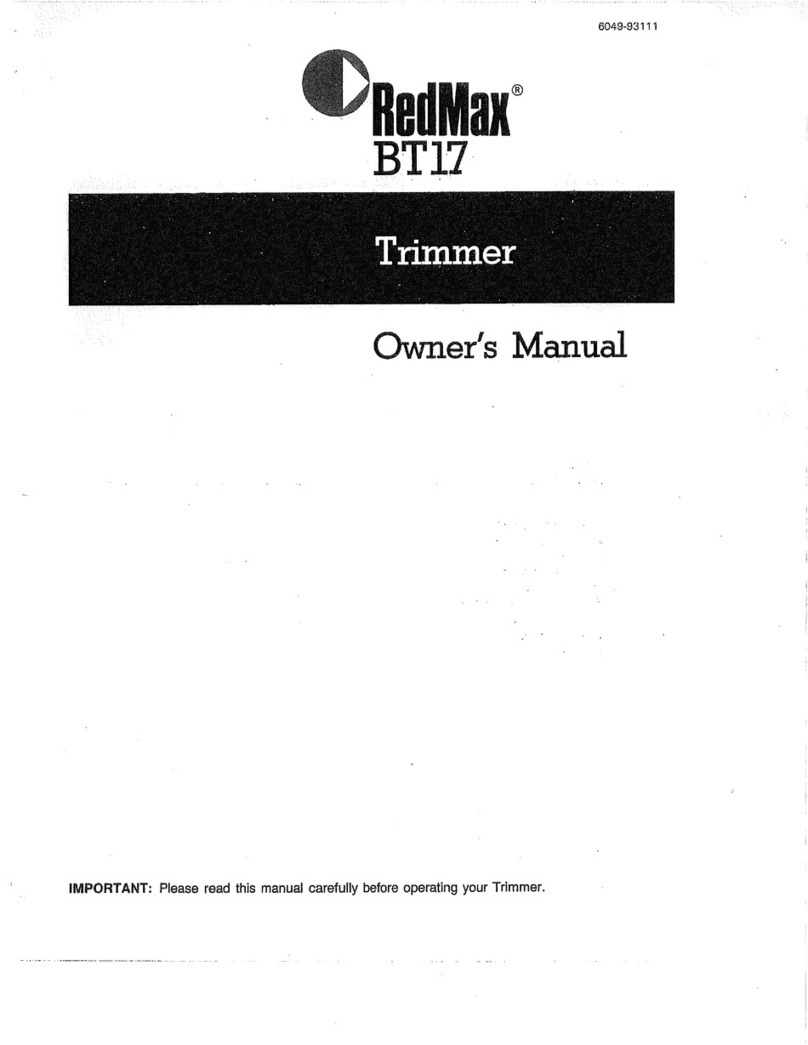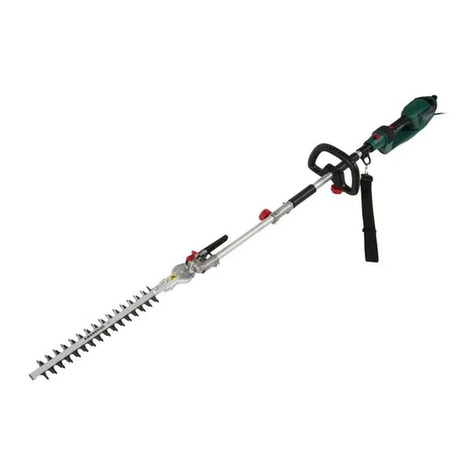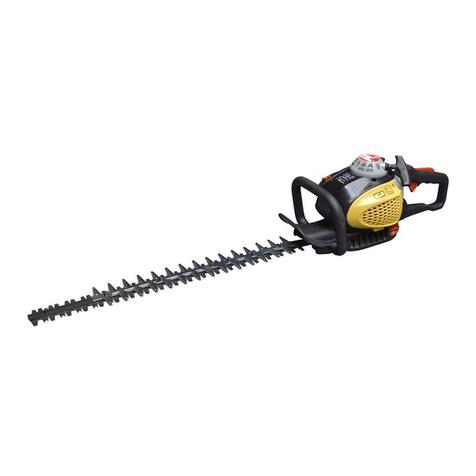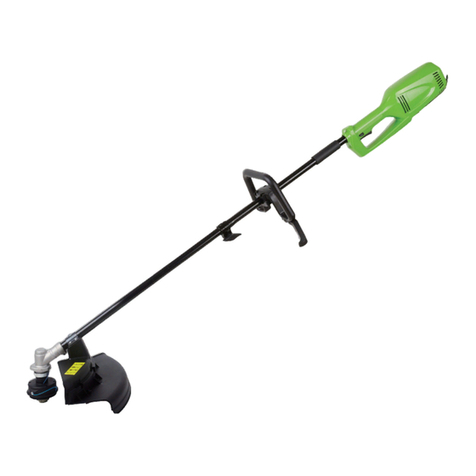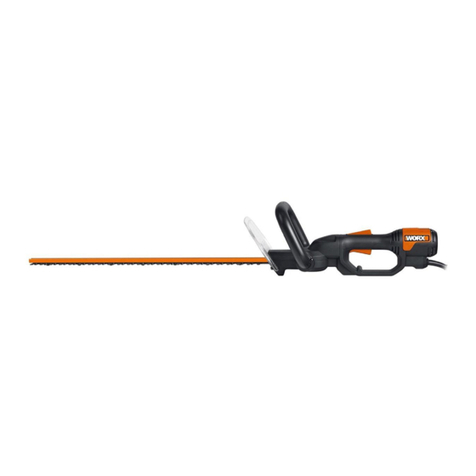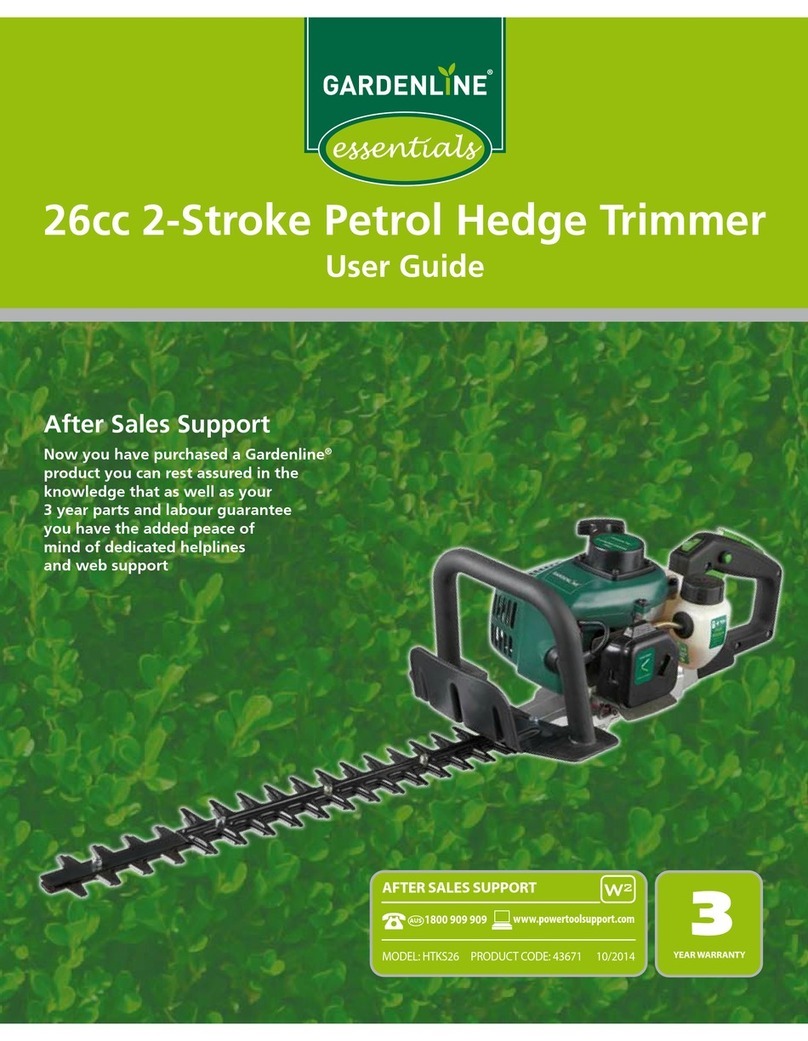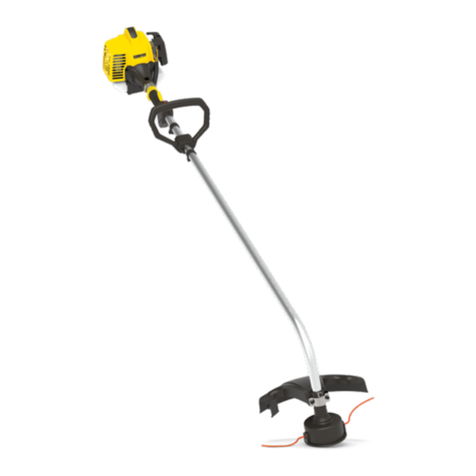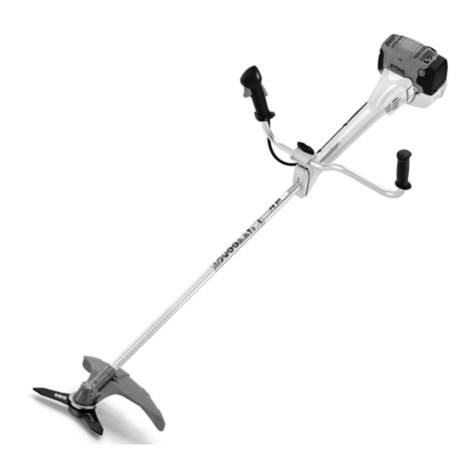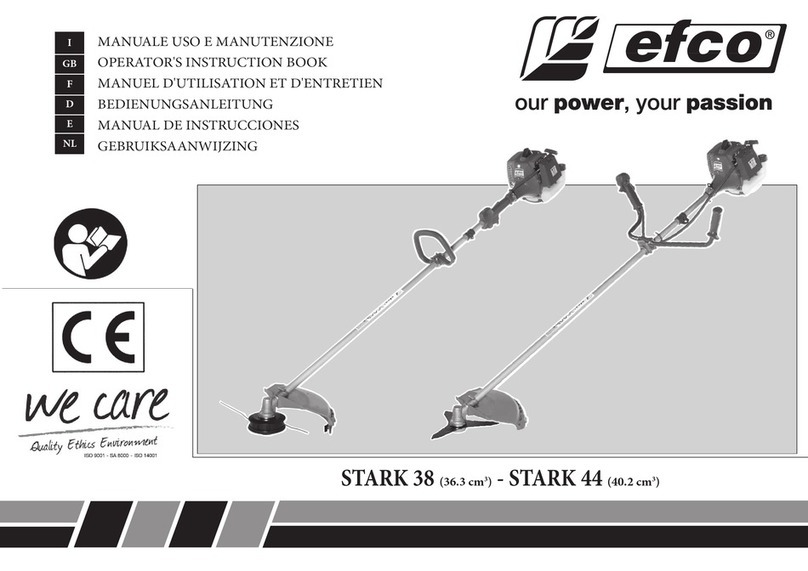
10
ENG901-1
• The declared vibration emission value has been
measured in accordance with the standard test method
and may be used for comparing one tool with another.
• The declared vibration emission value may also be
used in a preliminary assessment of exposure.
WARNING:
• The vibration emission during actual use of the power
tool can differ from the declared emission value
depending on the ways in which the tool is used.
• Be sure to identify safety measures to protect the
operator that are based on an estimation of exposure in
the actual conditions of use (taking account of all parts
of the operating cycle such as the times when the tool
is switched off and when it is running idle in addition to
the trigger time).
Symbols END119-1
The following show the symbols used for the equipment.
Be sure that you understand their meaning before use.
.................... Take particular care and attention.
......... Read instruction manual.
................... Danger; be aware of thrown objects.
................... The distance between the tool and
bystanders must be at least 15 m.
............ Keep bystanders away.
........... Keep distance at least 15 m.
................... Avoid kickback.
................... Wear a helmet, goggles and ear
protection.
................... Wear protective gloves.
................... Wear sturdy boots with nonslip soles.
Steeltoed safety boots are
recommended.
................... Do not expose to moisture.
................... Top permissible tool speed.
.............. Top permissible tool speed.
............ Only for EU countries
Do not dispose of electric equipment or
battery pack together with household
waste material!
In observance of the European
Directives, on Waste Electric and
Electronic Equipment and Batteries
and Accumulators and Waste Batteries
and Accumulators and their
implementation in accordance with
national laws, electric equipment and
batteries and battery pack(s) that have
reached the end of their life must be
collected separately and returned to an
environmentally compatible recycling
facility.
EC Declaration of Conformity
For European countries only
The EC declaration of conformity is included as Annex A
to this instruction manual.
IMPORTANT SAFETY
INSTRUCTIONS GEB068-7
WARNING! Read all safety warnings and all
instructions. Failure to follow the warnings and
instructions may result in electric shock, fire and/or
serious injury.
Save all warnings and
instructions for future reference.
Intended use
1. The cordless grass trimmer/brushcutter/string trimmer
is only intended for cutting grass, weeds, bushes and
undergrowth. It should not be used for any other
purpose such as edging or hedge cutting as this may
cause injury.
General instructions
1. Never allow people unfamiliar with these instructions,
people (including children) with reduced physical,
sensory or mental capabilities, or lack of experience
and knowledge to use the tool. Children should be
supervised to ensure that they do not play with the
tool.
2. Before starting the tool, read this instruction manual to
become familiar with the handling of the tool.
3. Do not lend the tool to a person with insufficient
experience or knowledge regarding handling of
brushcutters and string trimmers.
4. When lending the tool, always attach this instruction
manual.
5. Handle the tool with the utmost care and attention.
6. Never use the tool after consuming alcohol or drugs,
or if feeling tired or ill.
7. Never attempt to modify the tool.
8. Follow the regulations about handling of brushcutters
and string trimmers in your country.
Personal protective equipment (Fig. 1)
1. Wear safety helmet, protective goggles and protective
gloves to protect yourself from flying debris or falling
objects.
2. Wear ear protection such as ear muffs to prevent
hearing loss.
3. Wear proper clothing and shoes for safe operation,
such as a work overall and sturdy, non-slip shoes. Do
not wear loose clothing or jewelry. Loose clothes,
jewelry or long hair can be caught in moving parts.
4. When touching the cutting blade, wear protective
gloves. Cutting blades can cut bare hands severely.
Ni-MH
Li-ion

